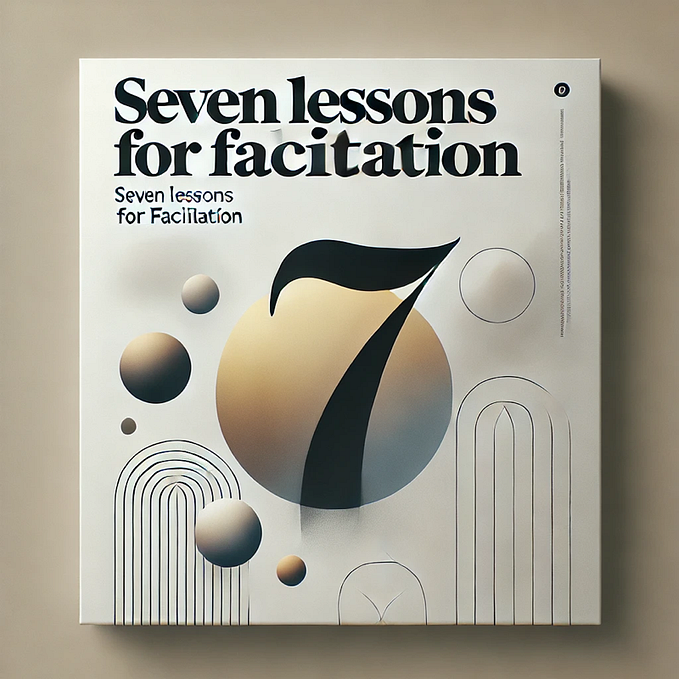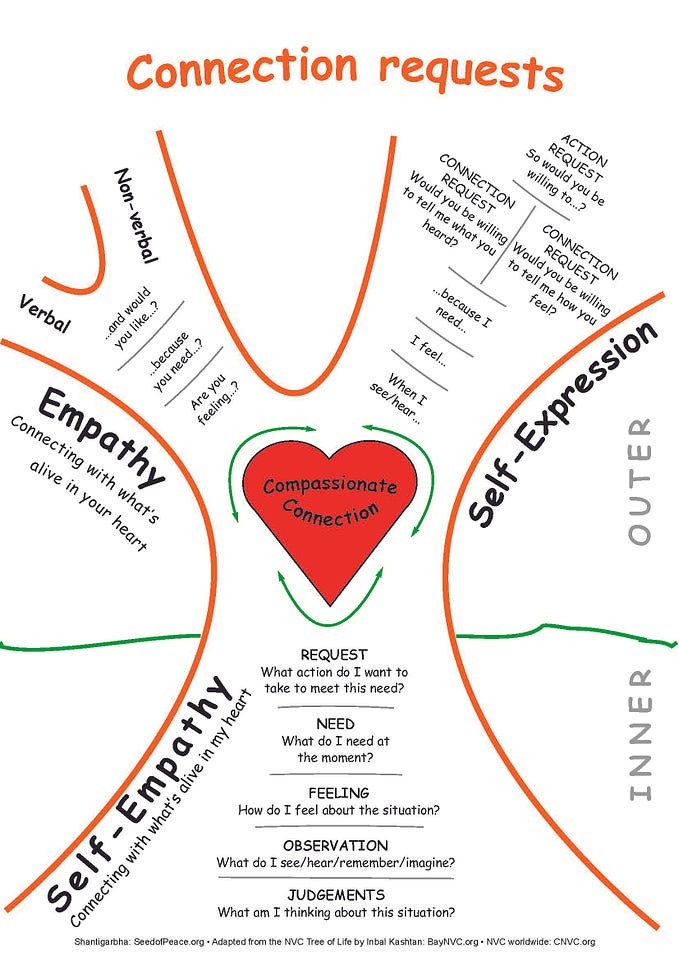The Continuum of Change: Integrating Polarity and Binary
Complexity and Dao Series #9

The wisdom of Yin/Yang in Daoist philosophy teaches us that both light and shadow are natural states of life. They are inseparable from each other, with each capable of transforming into the other as contexts shift. As a Daoist saying goes, “At the end of Yin is Yang, and at the end of Yang is Yin.” In my own words, Yin and Yang both lead to the same house, with one as the front door and the other as the back door. The dynamic interaction between Yin and Yang produces the process of change.
Understanding Polarity and Binary Thinking
In my interactions with Western audiences, I often encounter confusion between Yin/Yang thinking, which aligns with polarity thinking, and binary thinking, which is hallmark of mechanistic ways of sense making. It is crucial to distinguish between these two perspectives.
Binary thinking typically starts with a value judgment: light is good, and shadow is bad. This judgment fragments the organic whole, and resistance to shadow, deemed as bad, keeps this fragmentation stuck. In this stuckness, Yin and Yang are deprived of opportunities to interact, causing the change process to stagnate. Binary thinking keeps the two options apart, like two ends of a stick that do not interact and therefore do not transform into each other. As a result, the possibility landscape is confined to a linear stick.
Polarity thinking, on the other hand, accepts both light and shadow as part of the organic whole. Consciousness holds them both and treats “these two imposters just the same,” as in Kipling’s poem “If — .” Enabled by the acceptance, light and shadow dynamically interact, driving the change process forward. In this interaction, shadow can change into light just as light can change into shadow. This fluid shift is possible because of the attitude of acceptance — it is true that you cannot shift what you cannot accept, and what you resist only becomes stronger. The opportunity landscape afforded by polarity thinking is like an ever-expanding circle.
Philosophical Musing
Despite the fundamental differences, there is a relationship between binary and polarity thinking. In practical life, we often need to make seemingly binary decisions: should we invest in Option A or Option B? When we pull out of the driveway, should we turn left or right?
Let’s consider this philosophical question: Is turning left versus turning right a binary choice or a polarity choice? If it is a straight line, left and right will only get farther away from each other and never meet again. It is binary: left is not right. But true straight lines do not exist in nature. Straight lines are specialized cases of nonlinear lines. In nonlinear lines, turning left and turning right will eventually lead back to the same spot, and one step further turning left becomes turning right and vice versa. Hence T. S. Eliot’s poem:
“We shall not cease from exploration
And the end of all our exploring
Will be to arrive where we started
And know the place for the first time.”
The answer to the philosophical question above is both: it is both a binary choice and a polarity choice, because binary choices are a moment in the continuous nonlinear journey of the dance between polarities. The moment of decision might seem binary, but the long process of sense-making that precedes decision-making and the long process of action-taking that follows are much more nonlinear and polarity-driven. We go wrong when we take a frozen moment out of the continuous journey and make that the whole picture.
Binary is a specialized case of polarity, just as linear is a specialized case of nonlinear, just as complicated mechanical systems are specialized cases of complex adaptive systems, just as solid objects are specialized cases of empty space, as evidenced in this quote by Oppenheimer: “In quantum mechanics, solid objects are not so solid. They’re mostly empty space.”
The Human Condition
The human condition is such that value judgment is a natural part of it. We naturally gravitate more towards light than shadow, therefore we naturally spend more time studying, analyzing, understanding, and appreciating the light side than the shadow side. Yet, the shadow side often offers invaluable insights that can significantly influence the decision-making trajectory.
I recently had a profound experience with a major undertaking. Two options were presented to me. At first glance, Option A seemed a lot more realistic than Option B, so I went full speed to investigate Option A. I saw some shadow sides to it, but they all seemed easy to work with, certainly not big enough to frustrate the whole endeavor. Then, serendipitously, the possibility of Option B was made clear to me through some unexpected resources. As I opened up to Option B, the first thing I saw more clearly was the tremendous shadow side of Option A. What I initially deemed as “small obstacles” now seemed like “things to avoid at all costs.”
There is a big difference between trusting in the potential of the unknown and resisting the shadow of an option. The first is a leap of faith, while the second is an act of self-deception.
This story illustrates not only that the perception of safety and risk can be very fluid but also the powerful point that resisting the shadow side can lead to one’s own peril by leaving known risks unexamined. There is a significant difference between trusting in the potential of the unknown and resisting the shadow of an option. The first is a leap of faith, while the second is an act of self-deception. As Carl Jung famously said, “One does not become enlightened by imagining figures of light, but by making the darkness conscious.” By turning towards the shadow side, we can compensate for the human tendency to privilege light over shadow and achieve true enlightenment.
Conclusion
Understanding the relationship between polarity and binary thinking is essential for navigating the complexities of life. While binary thinking can fragment and stagnate, polarity thinking embraces the dynamic interplay of opposites, fostering growth and transformation. Recognizing that binary choices are moments within a broader polarity-driven process can expand our perspective and enhance our decision-making. Embracing the wisdom of polarity thinking oriented Yin/Yang philosophy allows us to see the fluidity of change and the interconnectedness of all things, leading to a richer and more nuanced understanding of our journey.









